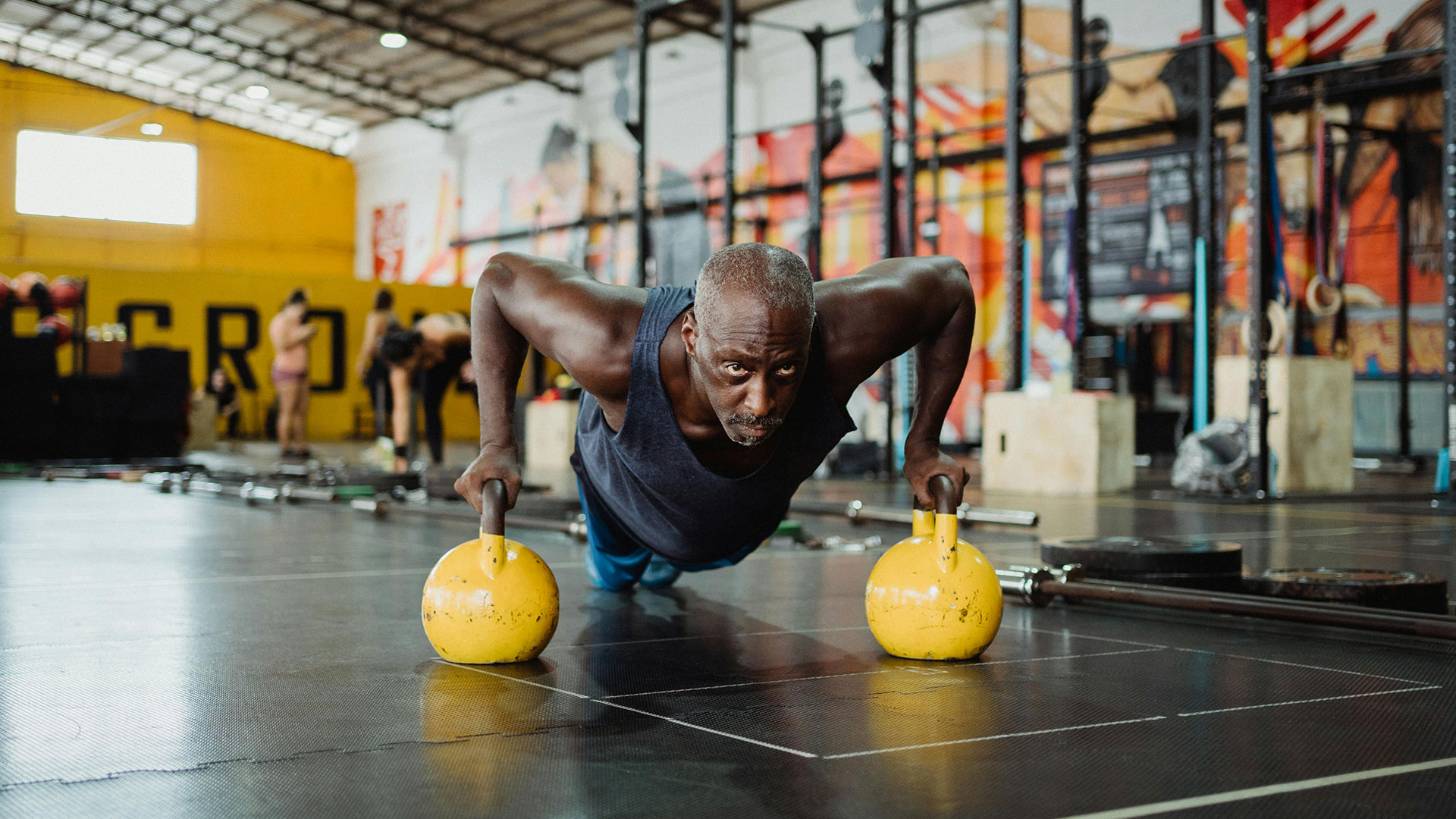
Perfect Fit: High intensity or slow burn – how expert research is shaping the way we exercise
That exercise is good for us is a given, yet the best way to achieve fitness and adopt an active lifestyle poses some big questions. Given the hectic pace of city living, finding the time to work out or the required level of motivation may not be so straightforward. Are there quick routes to getting in shape, and can the appliance of science lead to greater strength and physical health? Here we explore some of the fitness conundrums.
Starting out
It is widely known in the fitness industry that relatively low levels of exercise can bring considerable health benefits. A study published in 2022 involving 400,000 US adults over almost two decades showed that just one hour of aerobic exercise a week lowered their risk of dying by 10 to 20 per cent.
“Anything is better than nothing,” says Hong Kong-based personal trainer John Bower. “If somebody is in the gym for the first time in a year, and they only work out for three months, they are doing good for themselves.”
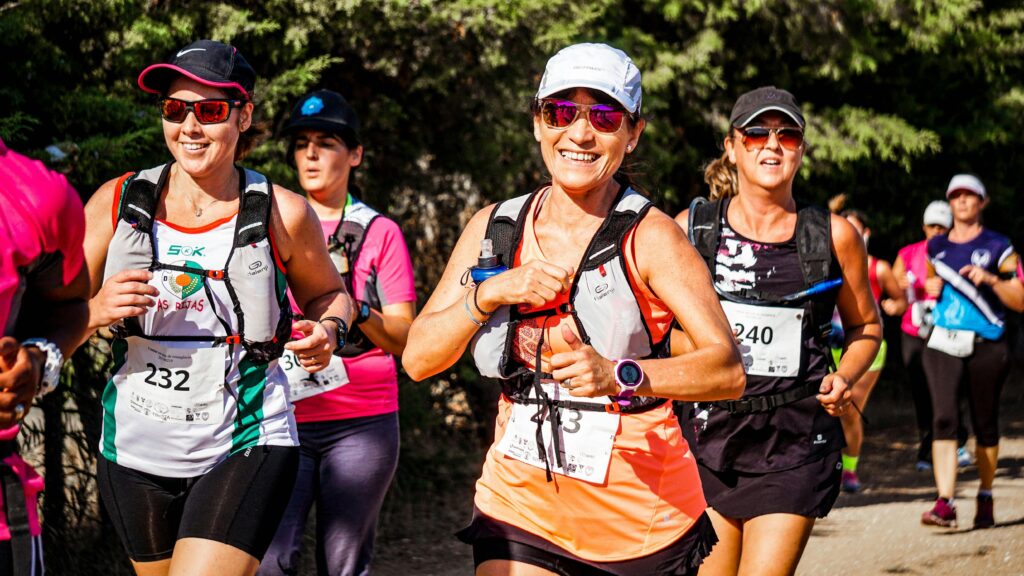
The key is to ramp up your activity to a level higher than you are accustomed to – your so-called habitual load. For cardio-exercise beginners, blood volume will increase within 24 hours of a workout, boosting the amount of blood plasma and oxygen supplied to the muscles. Peak blood volume is reached after just two weeks of training, and the all-important mitochondria that generate cellular energy become more widespread and efficient. Increases in maximal oxygen uptake, known as VO2 max, occur after six to eight weeks and can improve by 10 per cent into the third month.
Ultimately, exercise enables the nervous system to communicate more effectively with the muscles, with age and genetics helping to determine the speed that someone improves their aerobic fitness and the levels they are able to attain.
Fast and furious
How we exercise is another consideration. A comprehensive report by New Scientist into science-backed fitness suggests a wide range of exercises are suitable provided they are undertaken three to five times a week for about 30 to 60 minutes.

Studies have shown that high-intensity interval training (HIIT) is most effective in achieving fitness quickly and improving exercise capacity from an aerobic and strength perspective. This routine, which involves exercising in short bursts lasting up to a minute with short breaks in between, is said to stimulate metabolism and strengthen the cardiovascular system. The key requirement is to work as hard as possible during the intense intervals.
Adam Sharples, a professor of epigenetics and molecular physiology at the Norwegian School of Sport Sciences in Oslo, suggests beginners should start with two or three HIIT sessions a week mixed with longer duration activities such as jogging or swimming. According to exercise physiologist Abbi Lane of the University of Michigan, once strength has plateaued under HIIT, full-body resistance training sessions should be introduced.
What is too much exercise
Numerous studies have indicated that vigorous activity totalling between 150 and 300 minutes a week or moderate activity of 300 to 600 minutes – or an equivalent combination of both – is needed to achieve maximal health benefits. Moderate exercise is classed as a brisk walk or a game of badminton, whereas vigorous equates to hiking in the mountains or riding a bike at full speed.

Interestingly, a study published last year by the Journal of the American College of Cardiology showed that women derive greater gains in all-cause and cardiovascular mortality risk reduction compared with men from equivalent doses of leisure-time physical activity,
According to physical activity epidemiologist Duck-chul Lee of the University of Pittsburgh, when it comes to moderate-intensity exercise and reducing the risk of an early death, there is no such thing as too much exercise.
There is less consensus about the health benefits of high-intensity workouts, however. Some studies have linked extreme high-intensity sports such as ultramarathons with increased cardiovascular problems, and an escalation of cortisol, the so-called stress hormone, which can cause anxiety and sleep deprivation. Other experts, though, have pointed to the fact that the first 200 men to run a mile in under four minutes exceeded their predicted life expectancy by an average of 4.7 years. The jury, it seems, is still out on the risks of overdoing intense exercise.
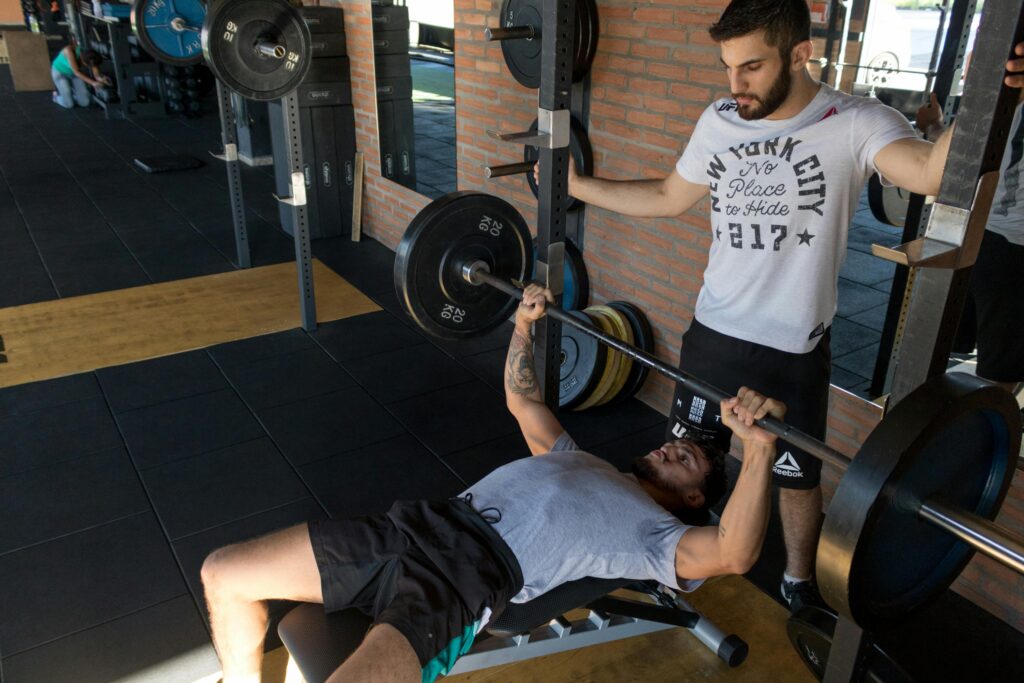
Bower says there is an increasing acceptance within the fitness industry that overtraining causes plateaus in development, and emerging data from heart-rate training specialist Morpheus indicates that it can lead to reduced fitness. He notes that Fitbit has started to display rudimentary functionality to guide people to exercise less on occasion.
Slow and sure
Bower is an advocate of slow running – also called zone 2 training – which is exercising at a pace that raises your heart rate but leaves you able to chat. He stresses that this level of activity stimulates the mitochondria in the cells to a state of full activation.

Likewise, physicist Steve Haake of Sheffield Hallam University advocates that the best way to burn fat is by running slower – it prompts the body to break down stored fat to use as fuel. Indeed, elite long-distance runners do most of their training in zone 2, as running hard every day overloads the body’s ability to adapt and recover. According to Haake, it is the cumulative expenditure of energy rather than the intensity of effort that is key to achieving many of the physiological benefits of exercise.
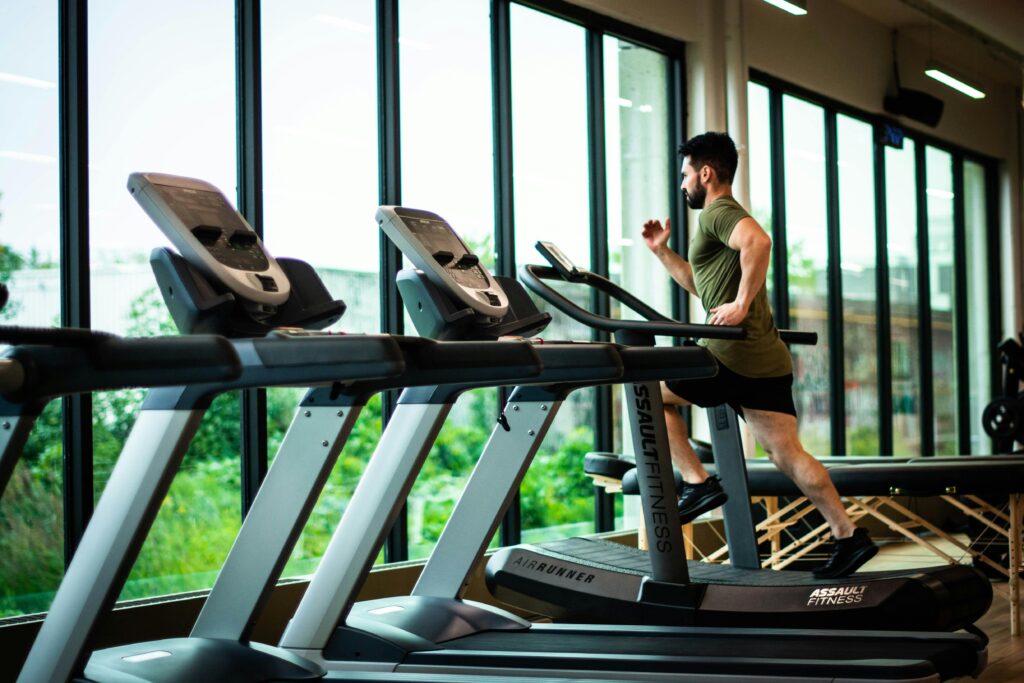
Ultimately, slow running has great benefits and can build up a fitness base that enables a person to raise their game or go to the next level if they wish. Bower recently advised a client to do five times the amount of low-heart-rate training than HIIT to allow their body time to recover.
Motivation matters
Bower also highlights the importance of motivation in the quest to attain fitness, believing that people should set out with clear goals of what they want to achieve and why. “Some people are motivated by group pressure; some are motivated by objectively measurable results, and some are not motivated until they have a crisis and then they become motivated,” he notes.
He opines that the route to fitness will be paved with setbacks, but those with clarity of purpose can overcome them. “You are going to have sickness, you are going to have work trouble, you are going to have family crisis, you are going to be unable to achieve your goals, and then you have to get back on the wagon,” he says. “It doesn’t matter that you didn’t train for a week or three months; what matters is that you got back to it.”
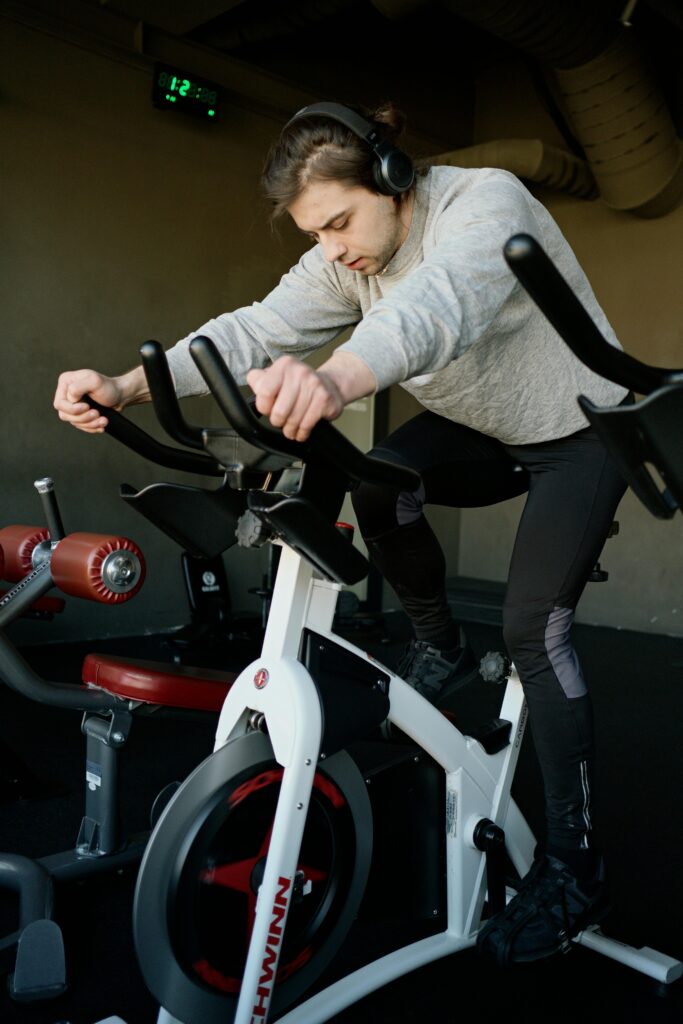
There are certain psychological ‘nudges’ people can utilise when exercising, such as leaving running shoes by the door the evening before a morning run. Obtaining a high level of achievement, like completing a marathon, often requires a growth mindset whereby setbacks are seen as an opportunity for learning and improvement. Another practical way of meeting fitness objectives is to create a training plan under SMART principles – Specific, Measurable, Achievable, Relevant and Timely.
Losses and gains
Research suggests aerobic fitness drops significantly after just 12 days of inactivity. During periods of abstinence from your normal exercise routine, Lane recommends stepping up everyday activities such as taking the stairs or running to catch a bus.

Gains in strength, according to Bower, are less easily lost since muscles are more resilient to inactivity. “The good news about physical strength is because it is associated with having muscle cells and neurological connections, you can retrain relatively quickly,” he says.
As a personal trainer, he encourages the use of iPads to aid the fitness drive, noting how young people are much savvier about anatomy and exercise methods as a result of new technology. Interestingly, exercise apps have the additional benefit of allowing people to train under guidance of an instructor without fear or embarrassment.
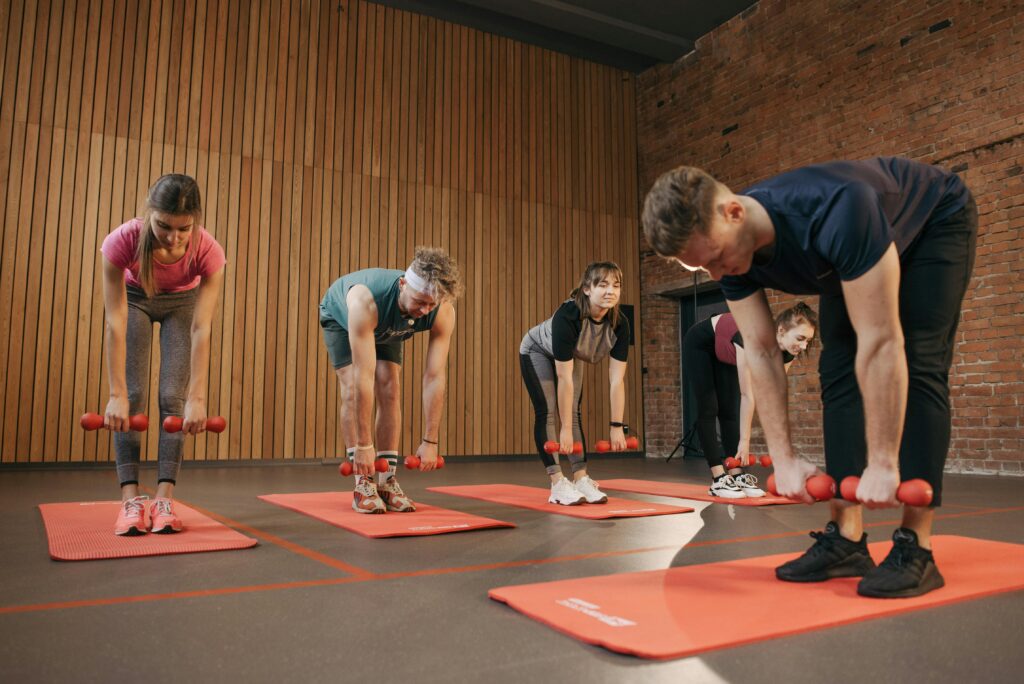
There isn’t necessarily an optimum time of day to exercise, although chronobiologist Qing-Jun Meng of the University of Manchester advocates exercising in the morning as this exposes us to bright light and helps synchronise our biological clock.







